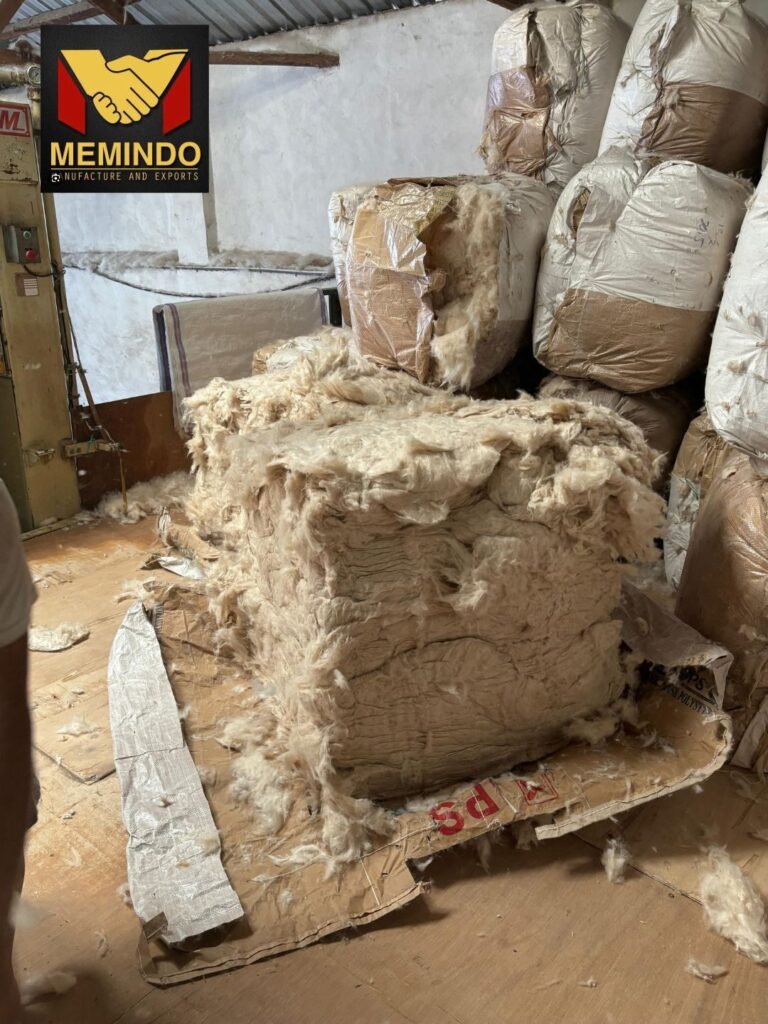
Kapok: The Eco-Friendly Fiber Revolutionizing Sustainable Products
As global attention shifts toward sustainable resources, kapok is emerging as a star in the eco-friendly materials landscape. This lightweight, natural fiber from the seed pods of the kapok tree (Ceiba pentandra) has traditionally been used in bedding, insulation, and crafts in various cultures. Today, it’s capturing the interest of eco-conscious manufacturers and consumers for its exceptional sustainability and versatility.
1. What is Kapok?
Kapok trees, native to tropical rainforests in Southeast Asia, Africa, and Latin America, produce seed pods filled with silky fibers that resemble cotton. Known as “silk cotton,” kapok fibers are naturally buoyant, moisture-resistant, and non-toxic. Unlike cotton, kapok grows in the wild, which means it doesn’t require fertilizers, pesticides, or irrigation to thrive—making it one of the most eco-friendly fibers available.
2. Harvesting Without Harm
One of kapok’s most sustainable qualities is its harvesting method. Local farmers collect the kapok pods after they have ripened and fallen naturally, ensuring no harm to the tree or ecosystem. This low-impact process supports both biodiversity and local economies, providing jobs in rural communities without damaging forests.
3. Properties that Make Kapok Unique
Kapok fibers have remarkable properties that make them ideal for a variety of products:
- Lightweight and Buoyant: Kapok is eight times lighter than cotton, making it suitable for buoyant applications like life vests and cushions.
- Hypoallergenic and Chemical-Free: Its natural wax coating repels insects, reducing the need for pesticides and making kapok a great option for allergy-sensitive individuals.
- Thermal Insulation: Kapok’s hollow fibers trap air efficiently, giving it strong insulation properties that work well in bedding and cold-weather gear.
- Biodegradable and Compostable: As a 100% plant-based material, kapok decomposes naturally without leaving a negative impact on the environment.
4. Innovative Uses in Sustainable Products
Kapok’s properties are inspiring designers and manufacturers to explore its potential in a range of products:
- Bedding and Mattresses: Kapok’s soft, supportive structure and breathability make it perfect for mattresses, pillows, and seat cushions. It provides a naturally cozy sleep experience without synthetic fillers.
- Bean Bags and Furniture: Lightweight and comfortable, kapok-filled bean bags and chairs offer a stylish, eco-conscious option for home décor.
- Textiles and Insulation: Kapok fibers are being blended with other sustainable materials to create warm, lightweight fabrics and insulation for outdoor apparel.
- Eco-Friendly Packaging: Its cushioning properties are ideal for sustainable packaging, reducing the need for plastics and foams.
5. A Fiber for a Sustainable Future
Kapok‘s eco-friendly production and renewable qualities align with the values of the modern consumer. As demand for sustainable products grows, kapok’s potential as a substitute for environmentally taxing materials like synthetic foams and cotton is becoming clearer. Its application in consumer products not only supports ethical sourcing and eco-friendly production but also provides businesses with a distinctive edge in the competitive market of sustainable goods.
In a world seeking green alternatives, kapok offers a refreshing solution—one that is kind to nature and beneficial for conscious consumers. With more innovations on the horizon, kapok may soon become a staple in sustainable manufacturing, demonstrating the powerful potential of renewable resources.
Contact us :
☎️ : +6285933133244
📍 : Jl.Ir Soekarno, No.122, Dadaprejo, Junrejo, Kota Batu 65323

